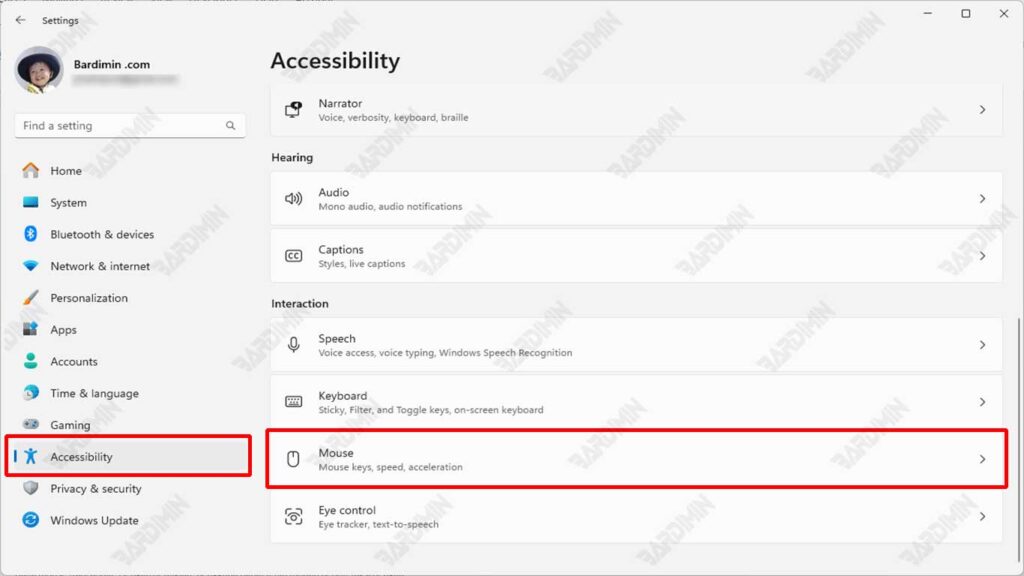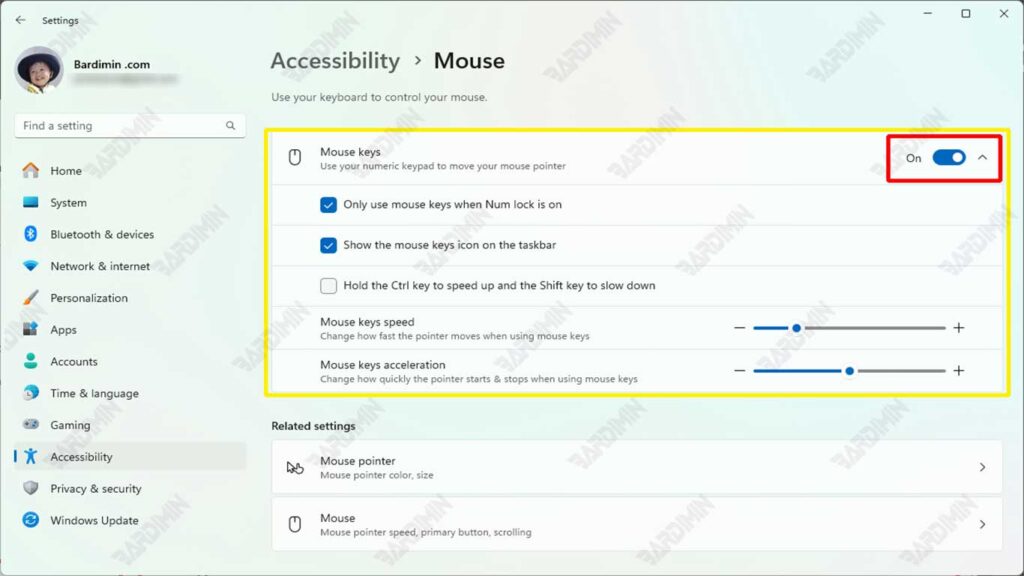In the increasingly advanced digital era, accessibility is a major concern for operating system developers. Windows 11, the latest operating system from Microsoft, presents various features that make it easier for users to access and control their devices. One beneficial feature is the ability to control the mouse pointer using the keyboard.
Windows 11 has undergone a significant evolution in accessibility features, bringing ease of access to all users, including those with physical limitations. These features are designed to improve the comfort and efficiency of computer use so that everyone can enjoy an optimal experience.
Using a keyboard to control the mouse pointer can be very helpful because it allows users to move the pointer without having to use a traditional mouse. This is especially useful for those who have problems with mouse use, such as physical disabilities or limited mobility.
Advantages of Using a Keyboard to Control Mouse Pointer in Windows 11
Using the keyboard to control the mouse pointer is especially important for users with disabilities or who have problems with the use of a traditional mouse. By using a keyboard, they can move the pointer without having to use a mouse, thereby increasing accessibility and comfort in using a computer. This feature allows users to stay connected to the computer effectively, even when they can’t use the mouse.
Using the keyboard to control the mouse pointer can improve efficiency in a variety of situations. For example, in situations where a mouse is unavailable or not working, a keyboard can be an effective replacement.
In addition, the use of a keyboard can also help improve general computer skills. Thus, users can perform tasks on the computer faster and easier, without having to rely on the mouse.
Using a keyboard to control mouse pointers can reduce reliance on traditional mice. Thus, users can more easily interact with the computer without having to rely on the mouse.
It also helps to increase flexibility and convenience in using computers. In addition, the use of a keyboard can also help users who have limited mobility or who prefer to use a keyboard rather than a mouse.
Enabling the Mouse Keys Feature in Windows 11
Step 1: Open the Accessibility from Settings and Look for the Mouse Keys option
To enable the Mouse Keys feature in Windows 11, you need to go to Accessibility settings. Here are the steps:
- Open the Start menu and select Settings.
- Inside the settings, find and select Accessibility.
- In the right pane, swipe down and in the Interaction, select Mouse.

Step 2: Activating Mouse Keys and Explaining Its Function
To enable Mouse Keys, you need to slide the switch button to the right. After that, you can use the numeric keys on your keyboard to move the mouse pointer.

Step 3: Adjusting the Mouse Keys Settings
After activating Mouse Keys, you can adjust the settings to improve the convenience of use. Here are some options you can customize:
- Mouse keys speed: You can adjust the speed of the mouse pointer movement using the numeric keys on the keyboard.
- Mouse keys acceleration: You can set the speed of the mouse pointer movement to meet your needs.
- Other Additional Features: You can also customize other additional features such as using the Ctrl button to speed up the movement and the pointer of the Shift button to slow down.

